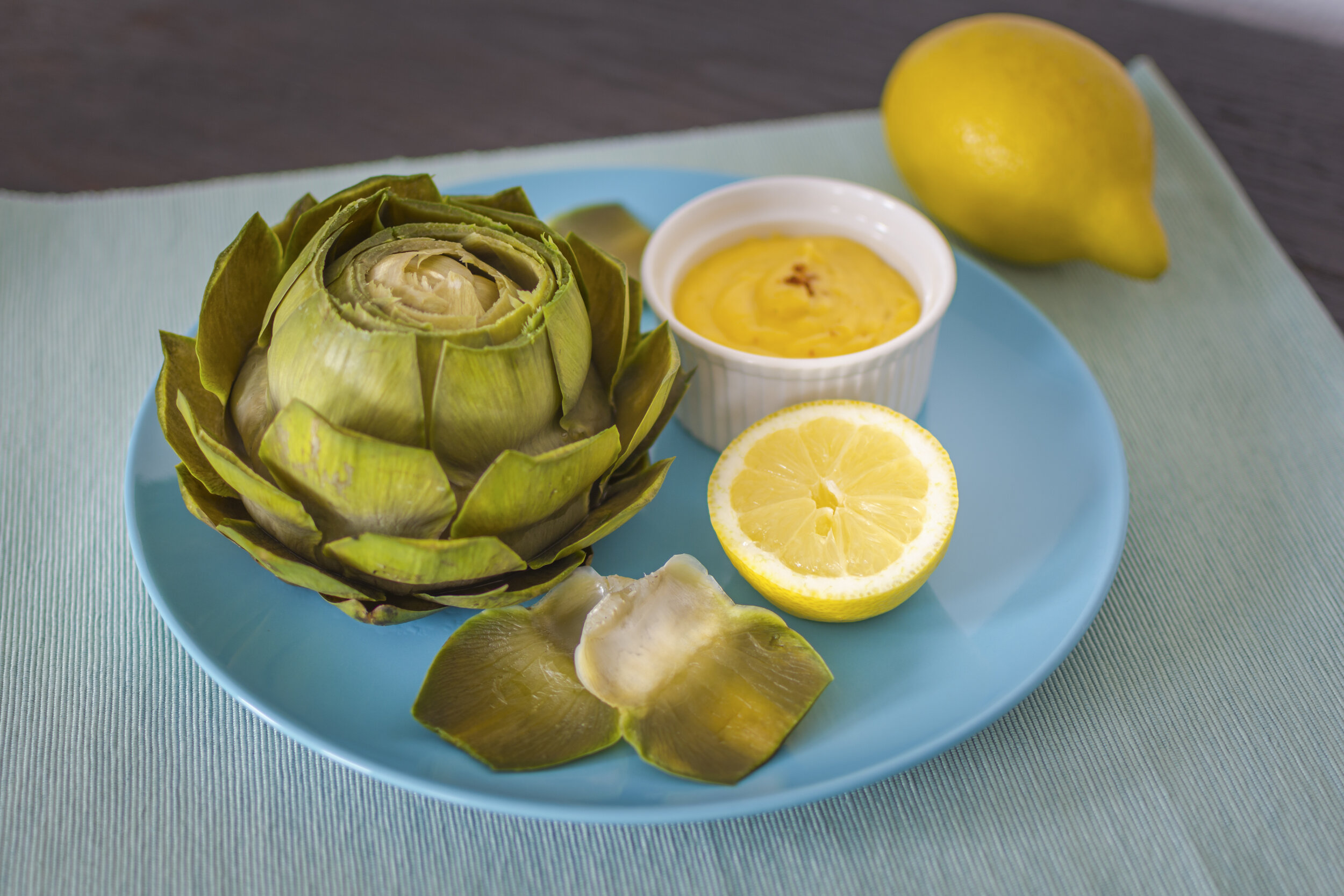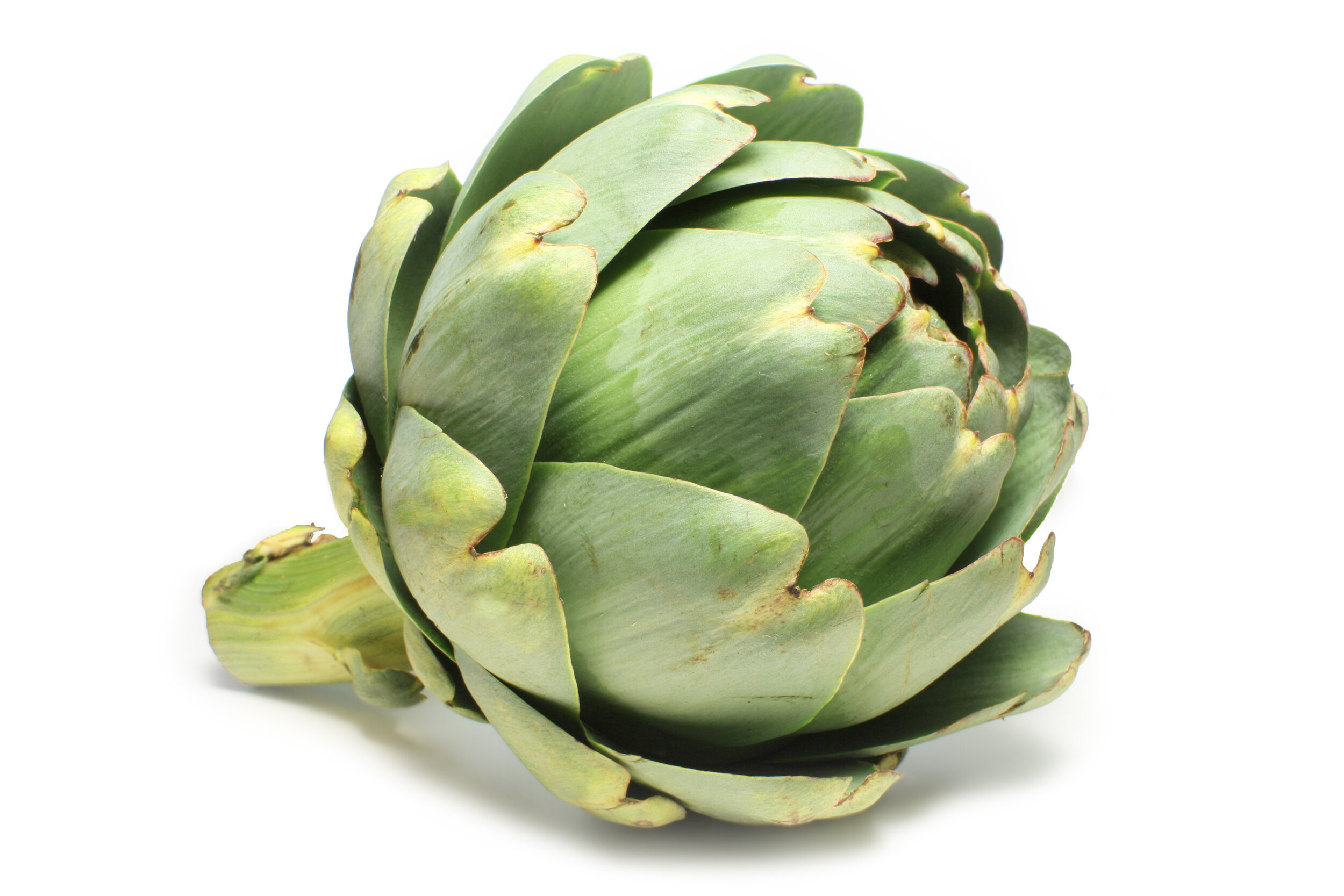Artichokes
By: Co+op, welcome to the table
Intimidated by artichokes? Well, they are the unopened bud of a giant thistle, but really, once you learn to cook them, you're likely to be smitten.
Artichokes have been around since ancient times. According to Greek mythology—in which characters are often turned into lovely trees or stunning flowers— the god Jupiter turned the unfortunate goddess Cynara into an artichoke when she wanted to return to Earth.
Hand harvested, artichokes are a very labor-intensive crop. Ranging from small (two to three ounces) to jumbo (over a pound), artichokes consist of the "heart" or fleshy, lower part of the bracts and base and the inedible, fuzzy "choke" or floret in the middle of the bud.
Artichokes were not grown in the United States until the early 20th century. Today, California produces almost all of the artichokes grown in the states, with an area in Monterey County dubbing itself "The Artichoke Center of the World." The main producers worldwide—who may beg to differ with that proclamation—are Italy, Spain and France.
Artichokes are a good source of vitamin C, folate, potassium, magnesium and dietary fiber.
There are over 140 varieties of artichokes. The most popular variety sold in the U.S. is the large, round Green Globe from California. The Mercury is a red/violet, sweet variety, and the Siena is oblong and red. Big Heart has a large, fleshy base and weighs over a pound. Imperial Star is a mild, tender artichoke, green with a beautiful purple tint.
Baby artichokes are mature artichokes that grow close to the ground; regular artichokes grow on stalks that reach three to four feet. The inner fuzzy portion of the choke doesn't develop on baby artichokes. Baby Anzio is a baby artichoke that's just one inch in diameter. It can be cooked and eaten whole.
Artichokes are not the same as Jerusalem Artichokes, a member of the sunflower family.
While there are all kinds of opportunities to include artichokes in dishes, artichoke lovers seem to agree that nothing beats sliding the freshly steamed leaves—dipped in all manner of sauces—through your teeth, one at a time. Talk about the ultimate slow food! Of course, if you enjoy artichokes you won't pass up an opportunity to top your pizza, salad or paella with them, either.
A much-loved Mediterranean delicacy, artichokes are very popular in Italy and southern France, where they're eaten in a variety of ways—from steaming, roasting and grilling to preserving the hearts in vinegar or oil.
Choose dark green, heavy artichokes with tightly closed leaves; leaves that look open are past their prime. The specimen should not be brown or dry, though in winter a bronze color won't affect quality.
Store artichokes in a plastic bag, unwashed, in the refrigerator for up to four days. Keep them dry to prevent mold growth. Use a stainless steel knife and pot when preparing, because iron or aluminum will discolor the vegetable.
Artichokes can be frozen after blanching. Freezing raw artichokes will cause the chokes to turn brown and detract from the taste.




